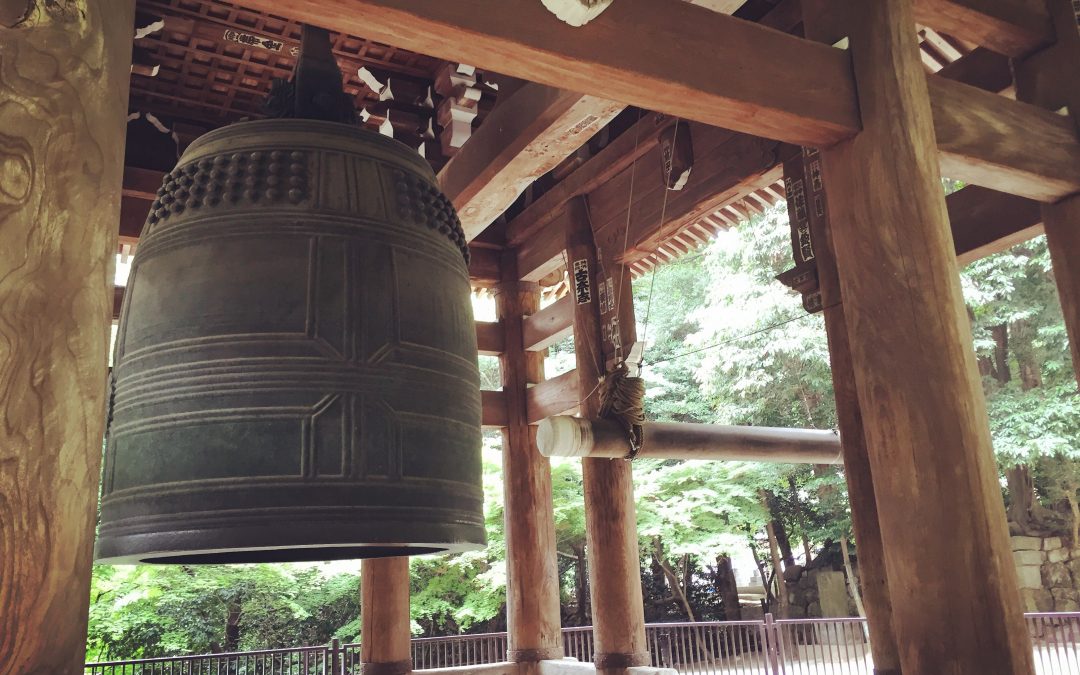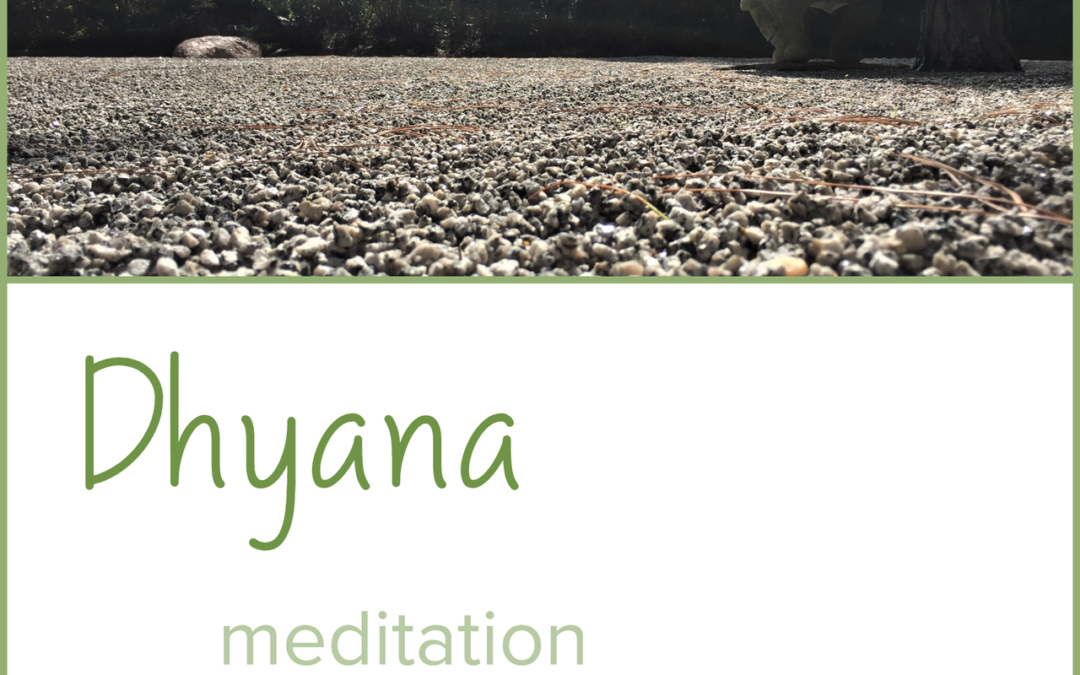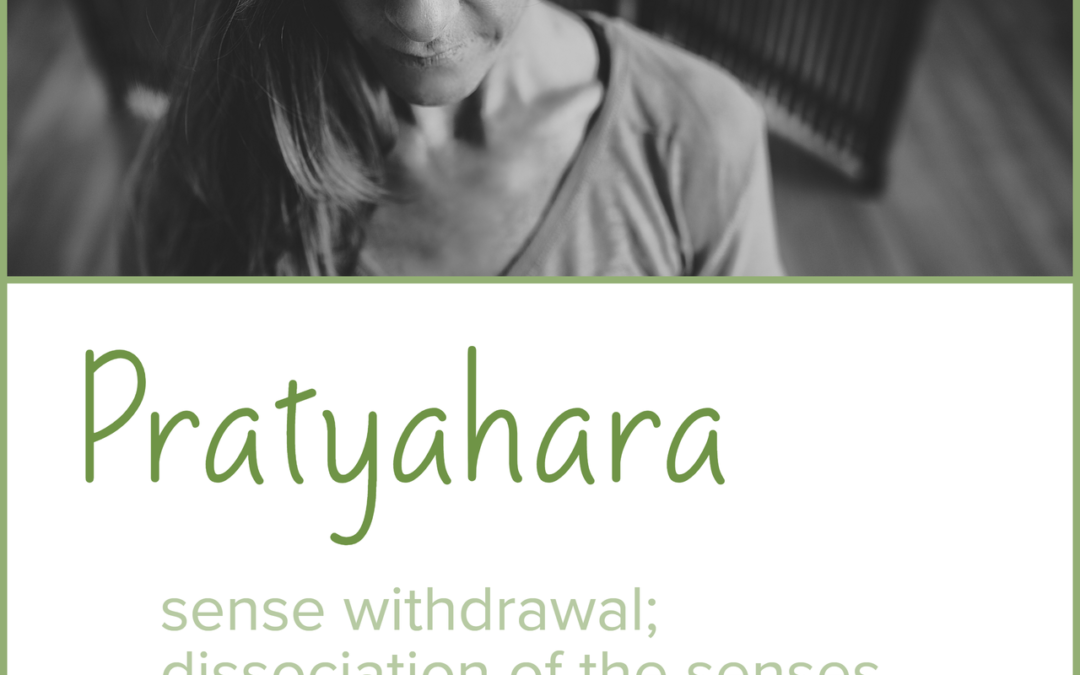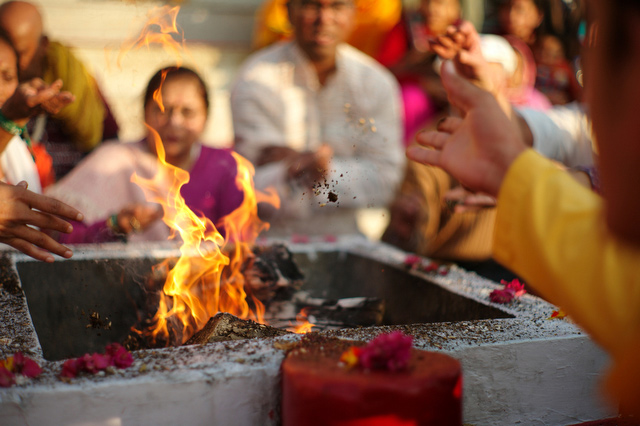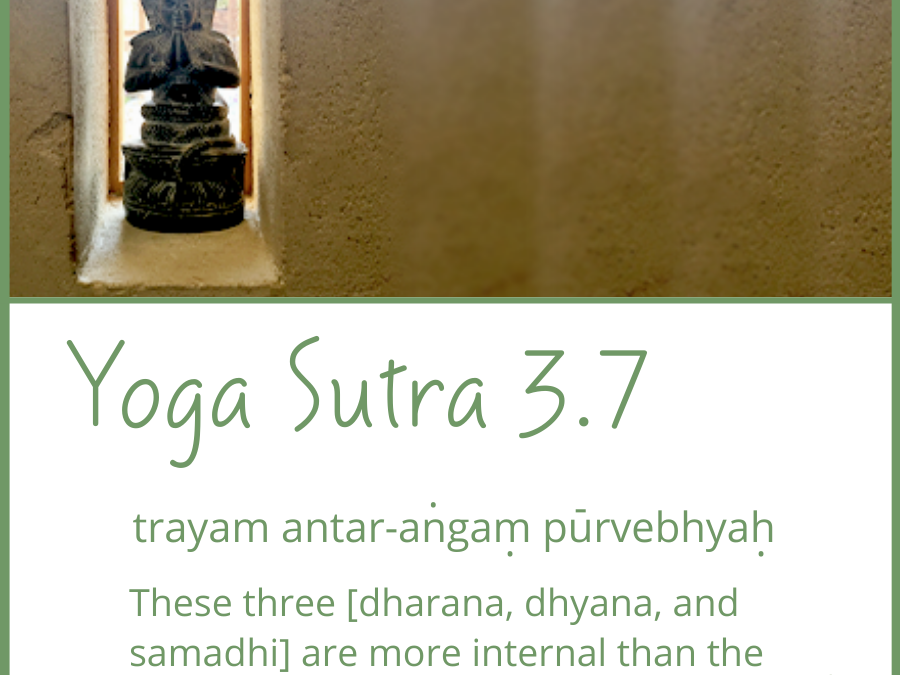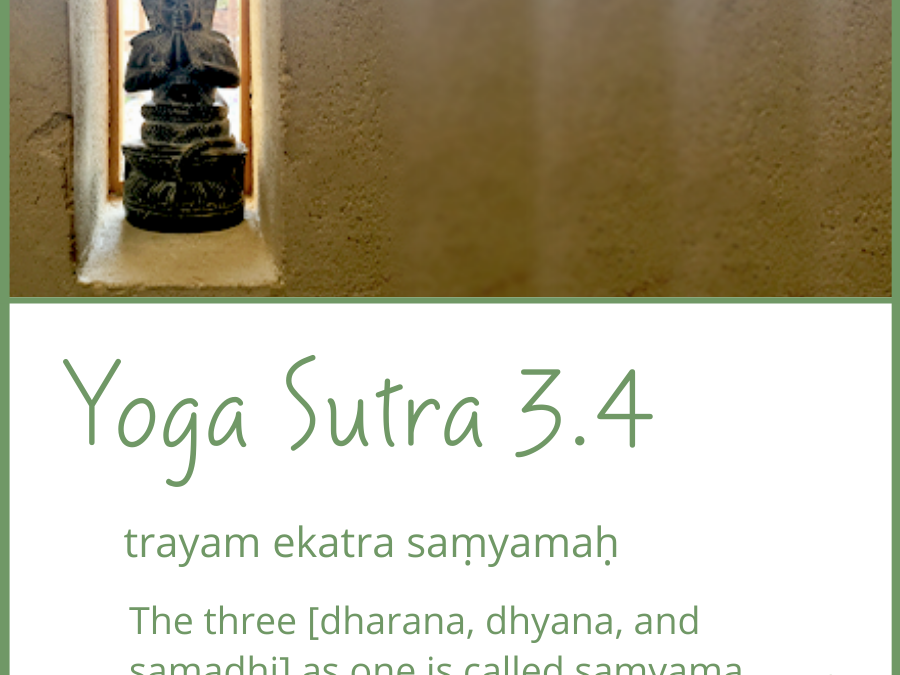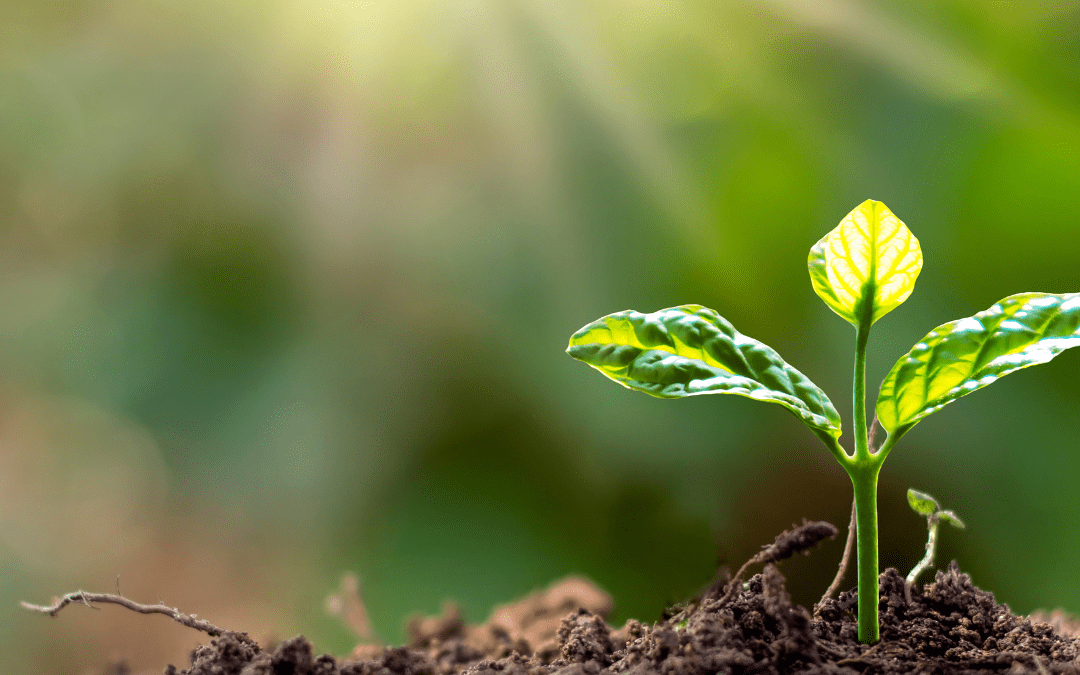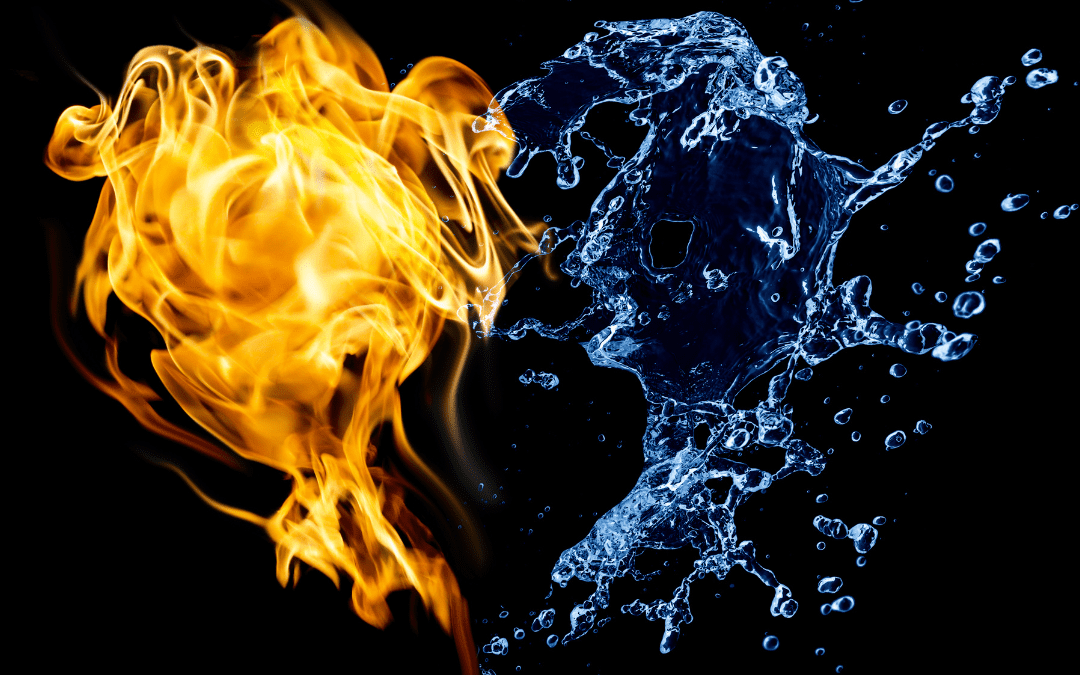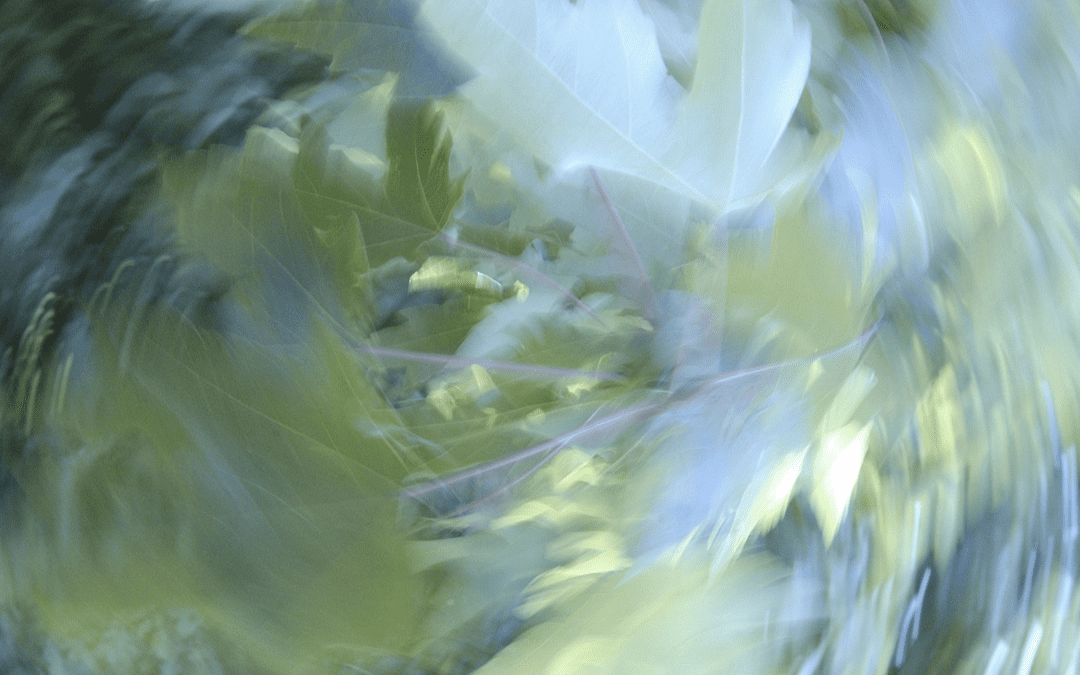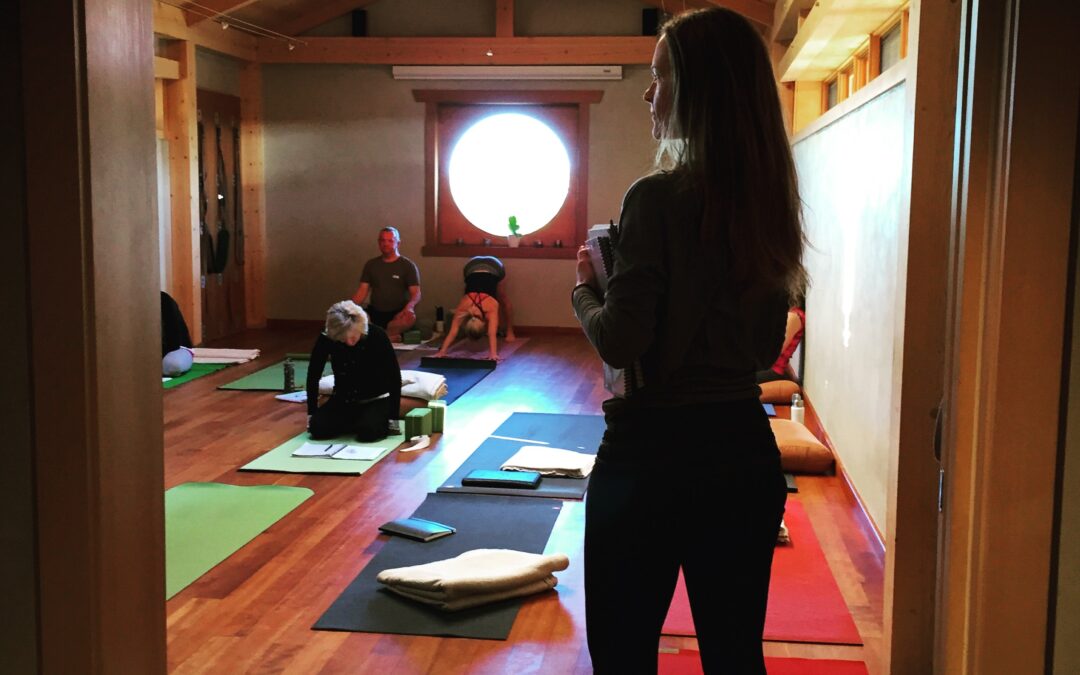Many of us live our lives as if on autopilot, constantly being destabilized and reacting to what we encounter. The practices of mindfulness and meditation are powerful tools that change our relationship to what we encounter in life, providing a window of opportunity between stimulus and response. What we discover in that space is our ability to reduce our own stress, to pay closer attention while appreciating the fullness and richness of life, and to develop good will for ourselves and others.
